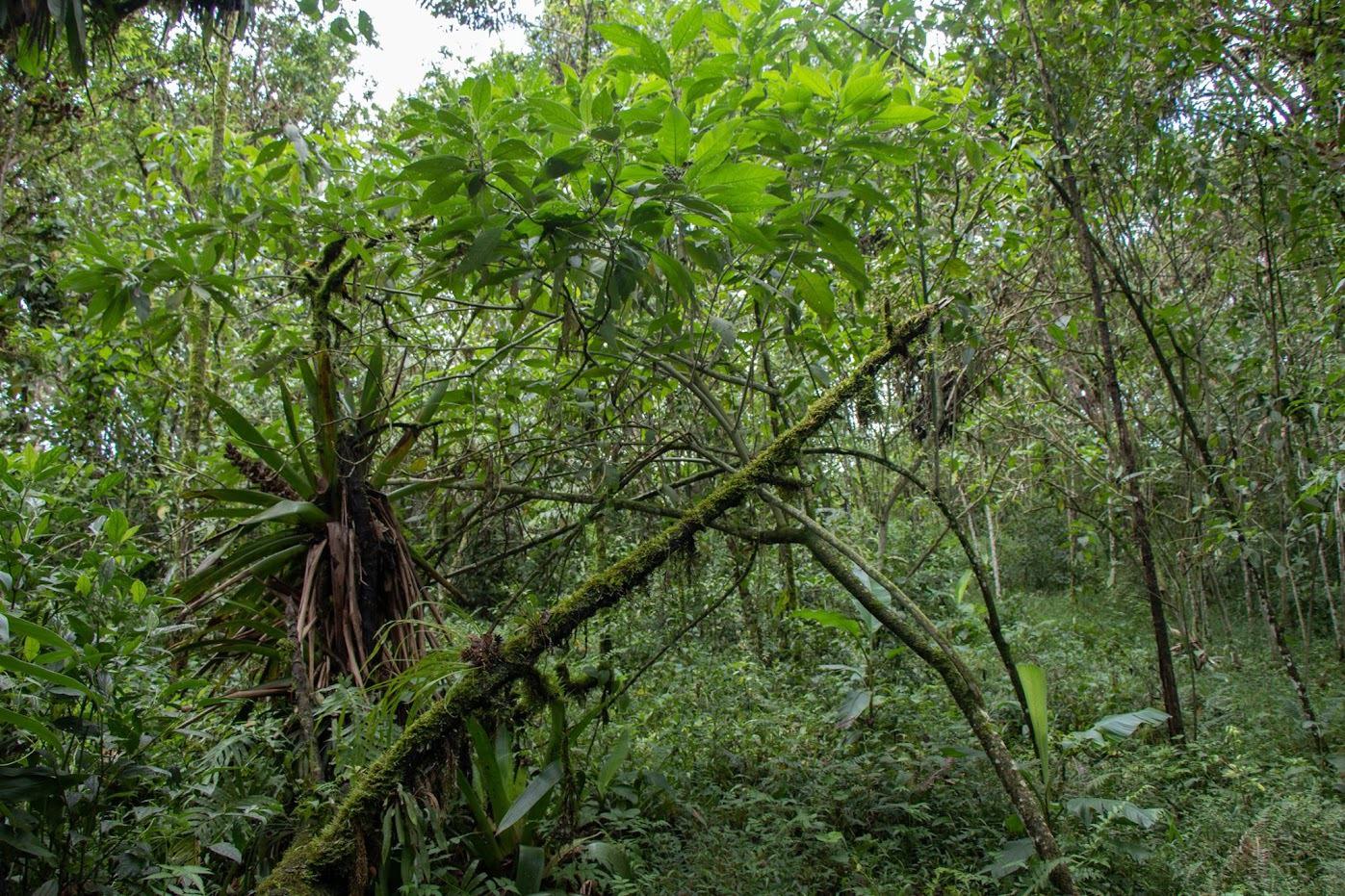
Center for Ecuadorian Amphibian Conservation

Background
Ecuador is recognized as one of the world's "megadiverse" countries for its rich amphibian diversity, making the nation a focal point for researchers and conservationists striving to understand and protect amphibian species critical to global ecosystems.
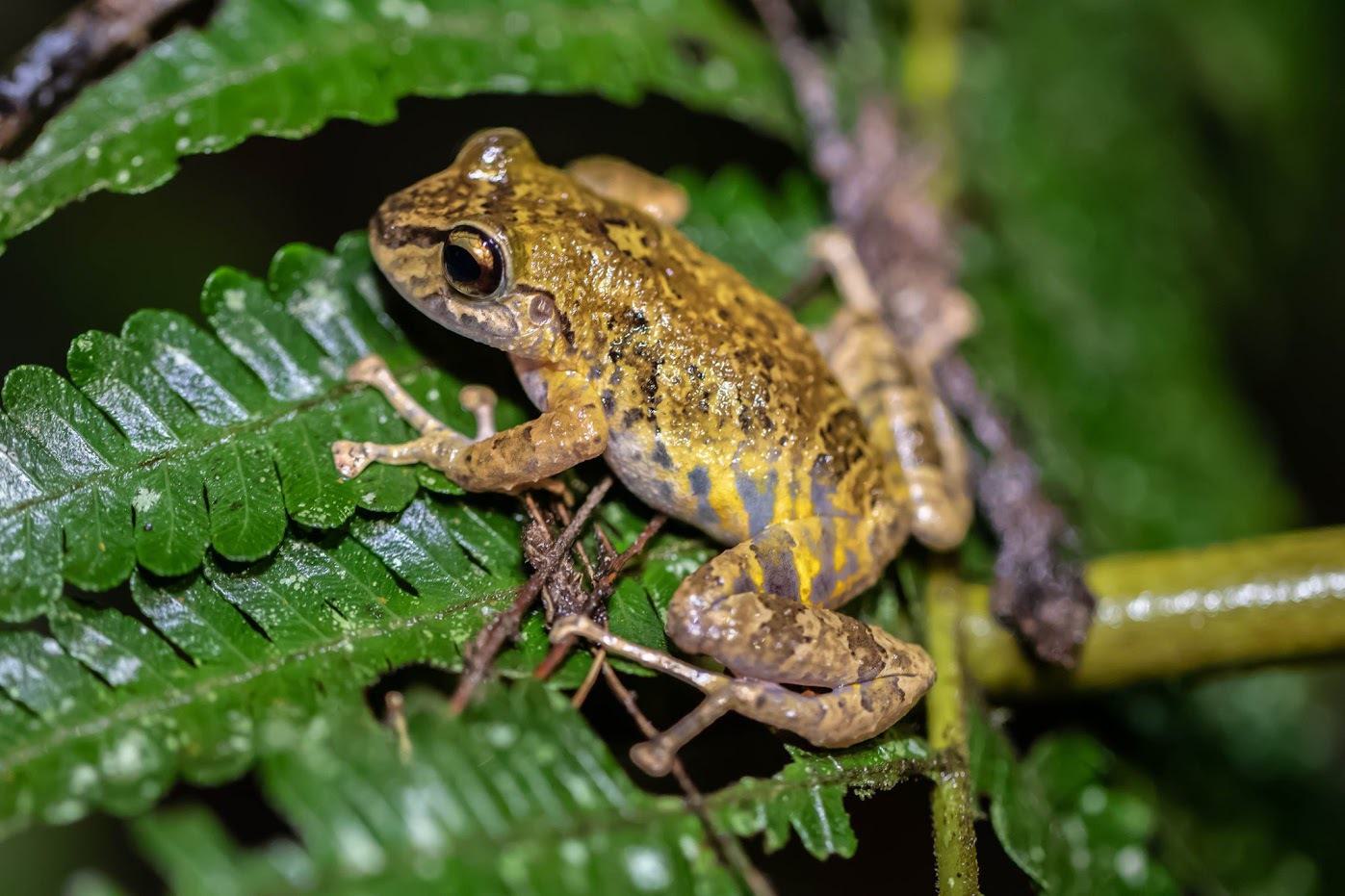
This small South American country boasts a wide range of elevations, from lowland tropical rainforests to high-altitude Andean mountains, creating habitats that support a remarkable number of amphibians species.
Unfortunately, amphibians in Ecuador face major threats. Deforestation and habitat destruction, often driven by agriculture, logging and infrastructure development, may significantly reduce amphibian populations. But above all, the greatest declines in the region have been caused by the devastating amphibian chytrid fungus, which has caused amphibian extinctions worldwide. Conservation efforts in the country are crucial to mitigating these threats and safeguarding the nation's rich amphibian diversity.
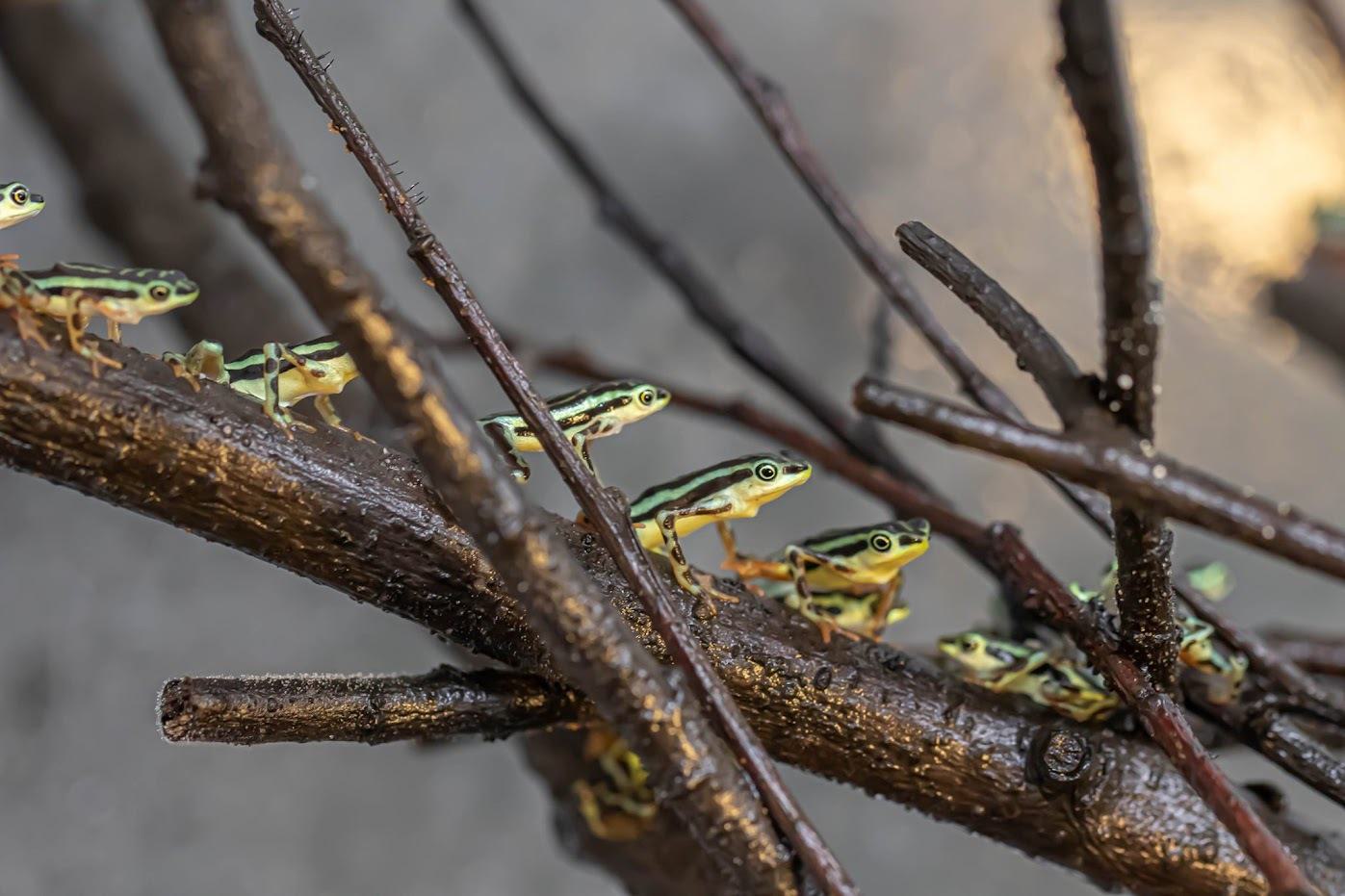
The Center works closely with Centro Jambatu de Investigación y Conservación de Anfibios, an amphibian conservation organization that has been instrumental in understanding and mitigating frog extinction in Ecuador thanks to support from the Saint Louis Zoo WildCare Institute. Conservation efforts include:
- Establishing husbandry protocols for amphibians to ensure they flourish and reproduce in human care
- Carrying out scientific research and publishing joint findings in academic literature so conservationists around the globe can learn from Zoo efforts.
- Building assurance colonies of endangered frogs and toads both at Centro Jambatu and at the Saint Louis Zoo’s historic Charles H. Hoessle Herpetarium.
- Assisting with field research that helps us to better understand amphibians in the wild and mitigate threats to their survival.
- Educating the public about these special animals both at Saint Louis Zoo and at Centro Jambatu’s public exhibition dedicated to amphibian conservation.
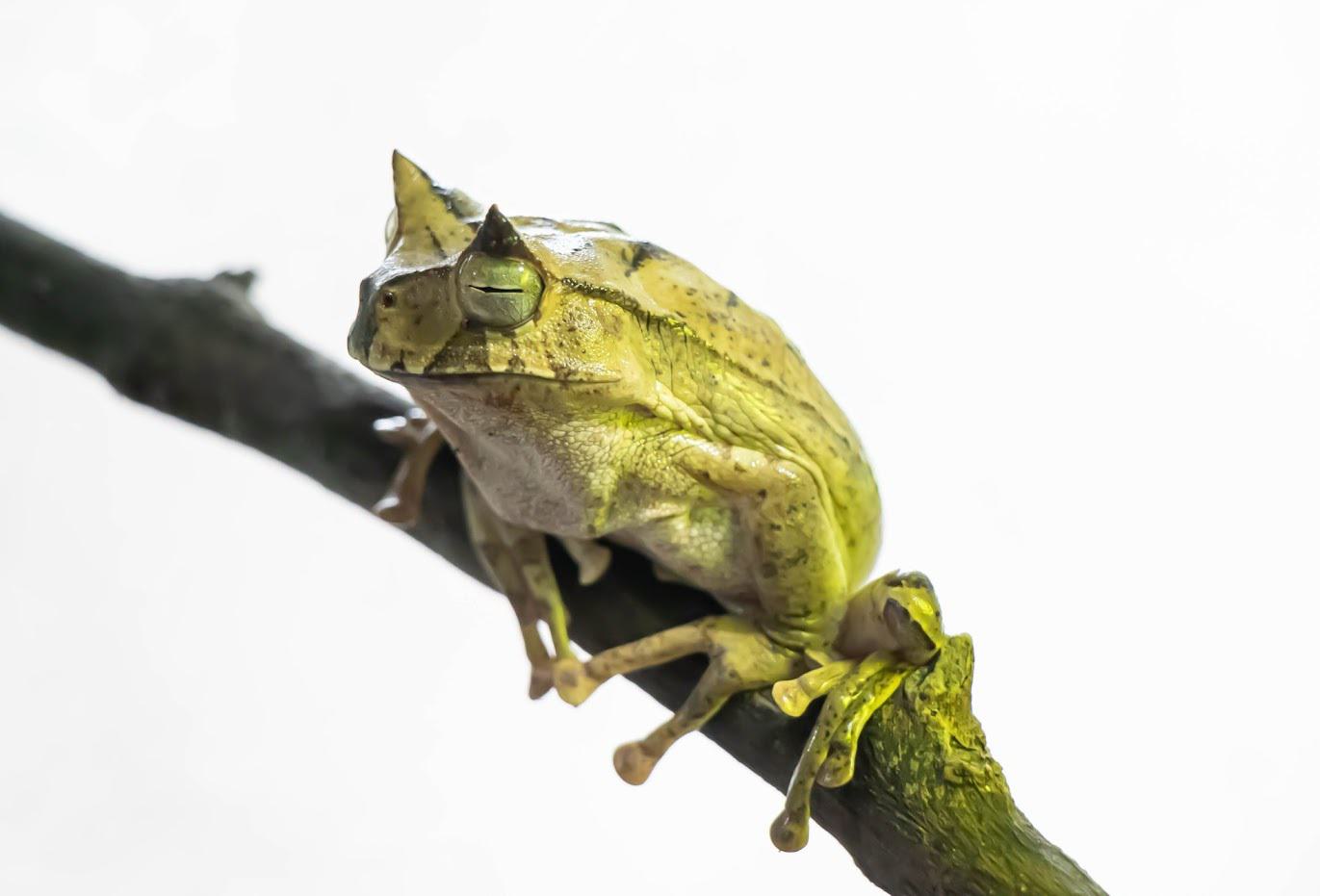
St. Louis Interest
Saint Louis Zoo WildCare Institute began to support amphibian conservation efforts in Ecuador in 2006. In 2019, this effort was elevated to the Center for Ecuadorian Amphibian Conservation in order to take a multidisciplinary and collaborative approach toward conserving the unique flora and fauna of Ecuador.
Goal
Amphibians play a vital role within ecosystems, especially in Ecuador where amphibians are experiencing massive population declines and extinctions.
Amphibians act as critical indicators of ecosystem well-being. Their permeable skin makes them exceptionally sensitive to environmental changes, making declines in amphibians an early warning sign of habitat degradation, pollution, and climate change. Amphibians are also important links in food chains, controlling insect populations and participating in nutrient cycling processes. Their presence or absence can have cascading effects on other species, making their conservation essential for the overall stability of ecosystems.
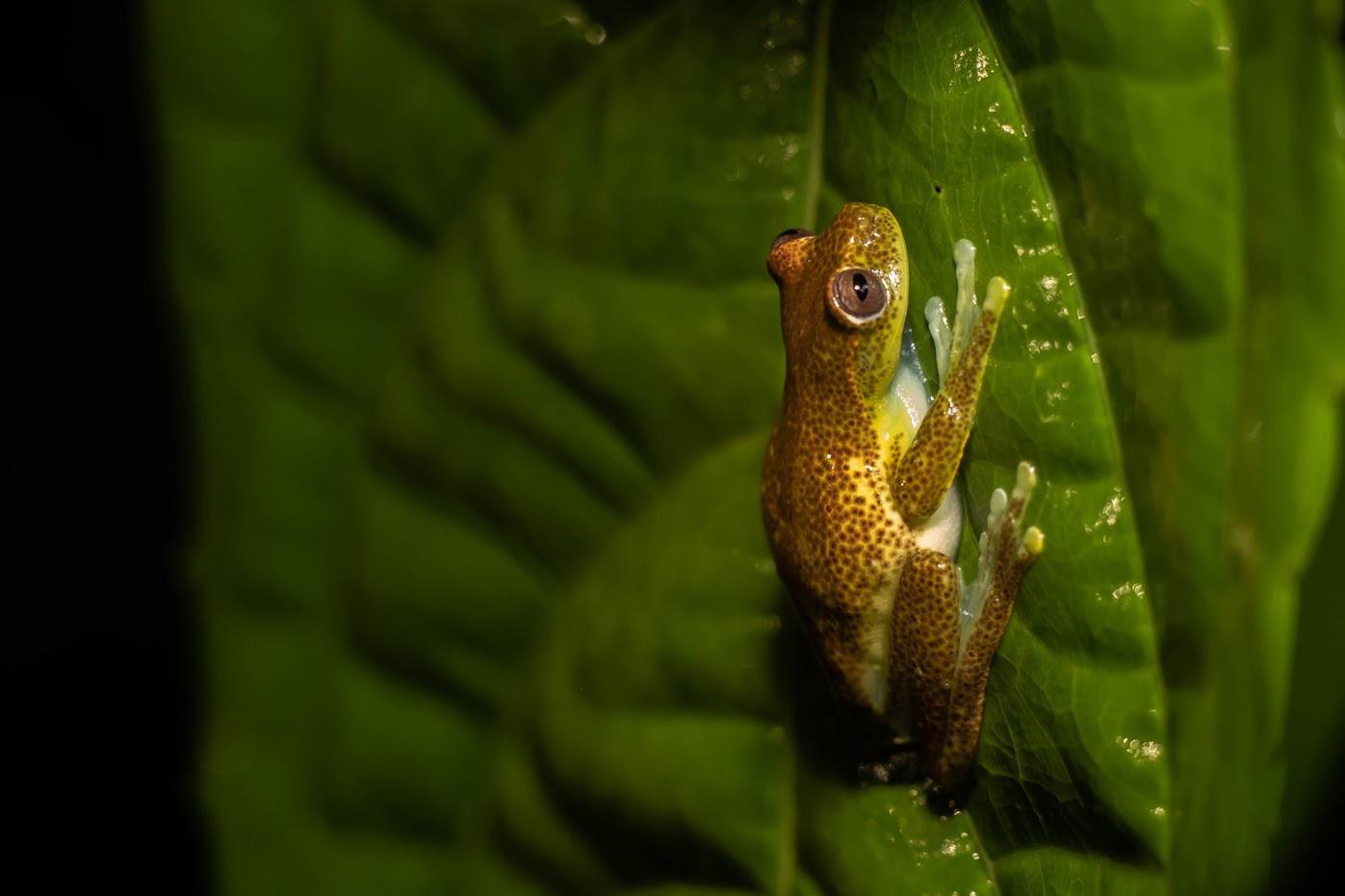
Amphibians also possess unique biological properties that have profound implications for human health and science. Some amphibians, particularly certain frog species, produce bioactive compounds in their skin that have proven instrumental in medical and pharmaceutical research. These compounds have led to the development of drugs for pain management, cardiac conditions, and infectious diseases. The loss of amphibian species threatens our ability to harness these valuable resources for medical advancement.
By supporting Jambatu’s conservation efforts in Ecuador, it's the Center's goal to ensure these animals continue to provide these vital roles for generations to come.
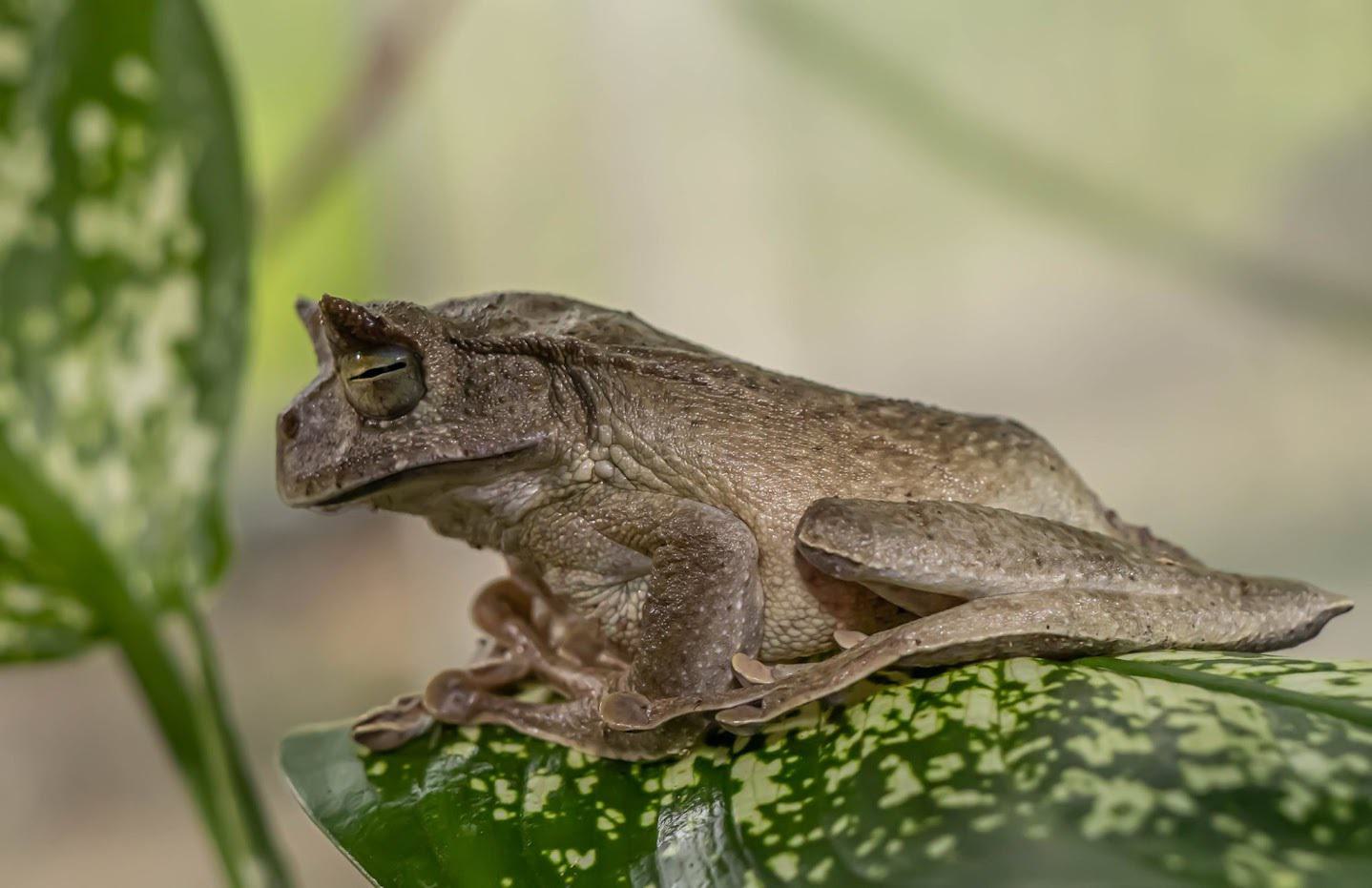
Conservation Science
The Center's partner Centro Jambatu is at the forefront of amphibian conservation science, achieving notable milestones in the recovery of endangered species. To date, about 60 species have been successfully reproduced in the laboratories at Centro Jambatu, with a particular emphasis on rare and critically endangered anurans (frogs and toads.) Amphibian specialists at Saint Louis Zoo also breed and care for many species endemic to Ecuador, such as the critically endangered Rio Pescado Stubfoot Toad (Atelopus balios.)
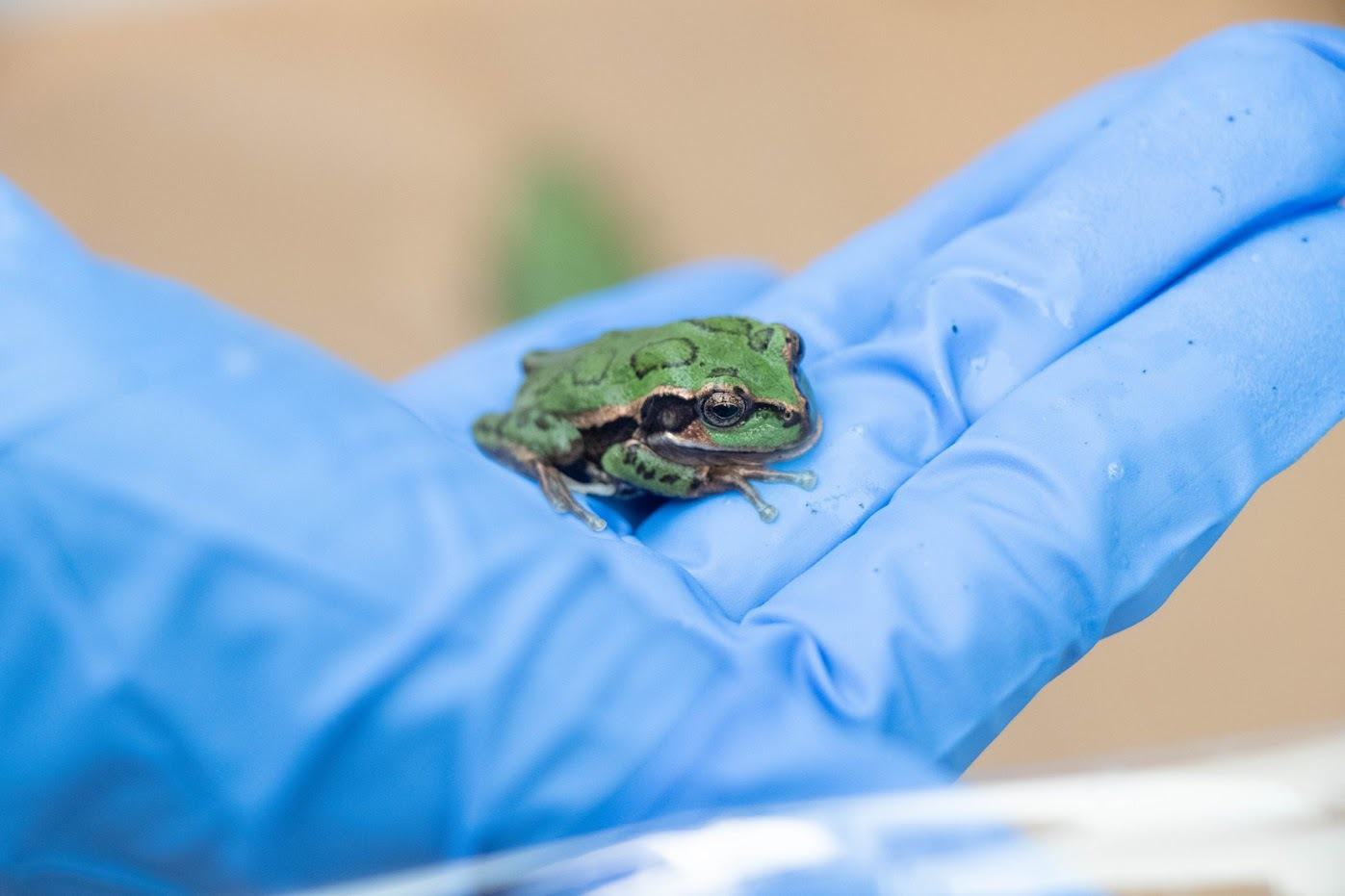
The Center's conservation extends beyond breeding programs, however, encompassing critical field conservation efforts. These include habitat protection across three private reserves, population monitoring of critically endangered species, and the description of new species. Over a dozen new species have been described by our colleagues at Centro Jambatu. The Center also supports research working to determine if species are truly extinct. To help with this, we use Environmental DNA (eDNA) detection methods to see if DNA from specific species is present in an area. A recent project in collaboration with the Living Earth Collaborative, the Saint Louis Zoo’s WildCare Institute and the Missouri Botanical Garden used this method to search for species presumed extinct. The initial results are promising, laying the groundwork for targeted conservation efforts for other critically endangered or potentially extinct species. Finding DNA of highly endangered species alone can be a valuable potential tool for conservation.
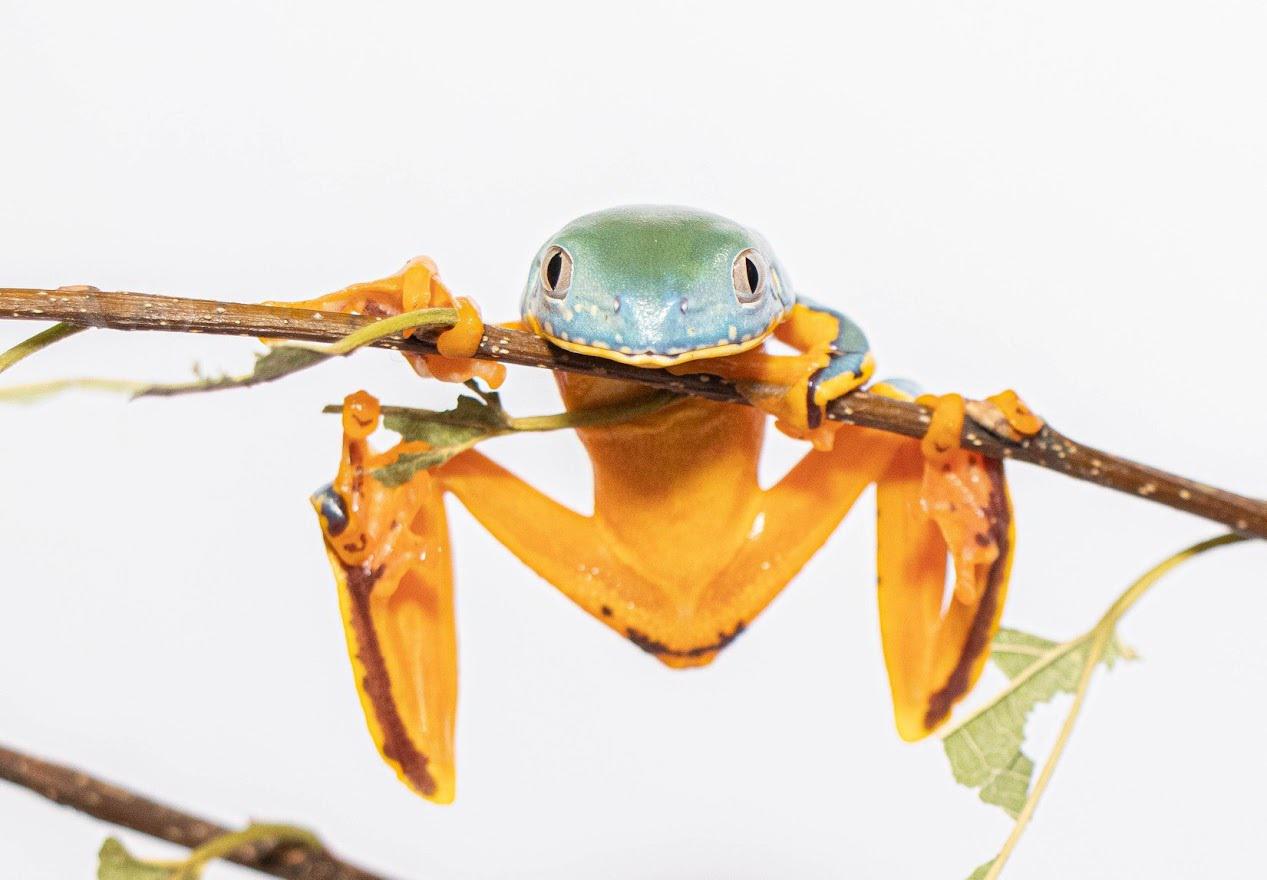
The Center also supports research, including ongoing studies centered on species such as endangered Marsupial frogs and stubfoot toads. Insights from these studies inform our understanding of the adaptability of laboratory-born amphibians to wild environments. These studies provide critical data on areas including pathogen response, foraging behavior and reproductive success, essential for optimizing reintroduction efforts. The eventual hope for the Center is to see species of Ecuadorian amphibian that are extinct in the wild, but flourishing in lab settings at Centro Jambatu and the Saint Louis Zoo, released to the wild. Extinction often cannot be reversed, but due to our dedicated collaboration between we are confident we can give some species a second chance.

